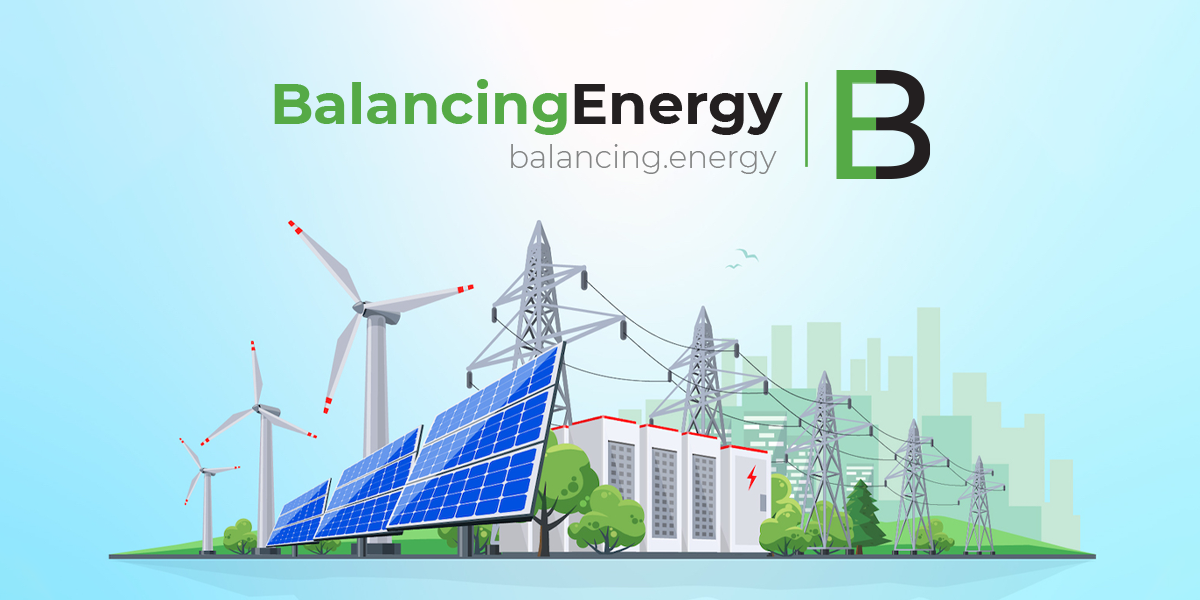The technical acceptance process for energy facilities in Serbia is a detailed procedure designed to ensure compliance with national standards, regulations and technical specifications before these facilities are officially commissioned. This process is vital for maintaining the safety, efficiency and reliability of energy infrastructure, including power plants, transmission lines and renewable energy installations. Below is a comprehensive overview of the technical acceptance process in Serbia:
1. Planning and design approval
- Feasibility study: Prior to construction, investors must conduct a feasibility study to assess the project’s technical, economic and environmental viability. This document outlines key technical aspects, such as energy output, materials, technology and overall design.
- Technical documentation: All design and technical documents must comply with Serbian laws and standards related to energy efficiency, environmental impact, and safety. These documents are submitted for approval to the relevant authorities.
- Environmental Impact Assessment (EIA): If required, an EIA must be completed to evaluate the potential environmental effects of the facility. Approval from the Ministry of Environmental Protection is mandatory.
- Urban planning requirements: The project site must adhere to urban and spatial planning regulations. Local governments issue location permits outlining the project’s land use, zoning, and infrastructure compatibility.
2. Construction Permit
- Permit issuance: After design approval, the investor applies for a construction permit from the Ministry of Mining and Energy or local authorities. This permit authorizes construction and ensures compliance with technical regulations.
- Coordination with utility providers: During this phase, the investor collaborates with local electricity distribution and transmission operators (e.g., EPS – Elektroprivreda Srbije) to facilitate connection to the grid.
3. Construction supervision
- On-site supervision: Throughout construction, supervision is essential to ensure adherence to approved designs and documentation. Investors typically hire licensed engineering firms to monitor the process and provide regular updates to regulatory bodies.
- Inspections: Authorities conduct inspections at critical construction stages to verify compliance with technical standards and safety regulations, including fire safety and structural integrity.
4. Testing and commissioning
- Technical testing: After construction, the facility undergoes technical tests to validate its operational capacity, including performance assessments of energy-generating equipment and safety systems.
- Operational testing: Facilities must demonstrate reliable operation under real conditions before commercial use. This may involve trial operation periods where the facility is monitored while running at partial or full capacity.
- Grid synchronization: For electricity generation facilities, synchronization with the Serbian power grid (or regional grid for cross-border facilities) is crucial, ensuring the facility integrates effectively into the transmission network.
5. Technical review commission
- Commission formation: A technical review commission is created to assess the facility’s performance and documentation. This commission typically includes representatives from relevant government ministries and technical experts.
- Documentation review: The commission reviews all technical documentation, including design plans, construction permits, safety certifications, and inspection reports.
- On-site inspection: A final inspection is conducted to evaluate technical performance, safety measures, and regulatory compliance. Any issues must be addressed before proceeding.
6. Issuance of technical acceptance certificate
- Technical acceptance certificate: Upon passing all tests and inspections, the commission issues a technical acceptance certificate, confirming the facility’s compliance with Serbian laws and readiness for operation.
- Connection to the grid: Following acceptance, the facility can connect to the national power grid or other energy systems. Approval for grid connection is granted by relevant system operators (e.g., Elektromreža Srbije).
- Energy Market Registration: Electricity-generating facilities must register with the Serbian energy market operator (SEEPEX) to participate in the market and sell electricity.
7. Operation and maintenance
- Operational license: After receiving the technical acceptance certificate, the investor applies for an operational license from the Ministry of Mining and Energy, enabling commercial operations.
- Ongoing compliance: The facility must undergo regular compliance inspections and adhere to operational regulations and safety standards throughout its operational life.
- Reporting and monitoring: Facilities are required to submit regular reports on performance, emissions (if applicable), and energy output, ensuring compliance with national energy policies and safety regulations.
8. Energy efficiency and environmental monitoring
- Energy efficiency reporting: Facilities must comply with Serbia’s energy efficiency regulations, focusing on reducing waste and improving operational efficiency.
- Environmental compliance: Continuous monitoring is required to ensure emissions and environmental impacts remain within permissible limits. Facilities using fossil fuels must report emissions to the Ministry of Environmental Protection.
9. Final commissioning and handover
- Official handover: Once all permits, licenses, and certificates are secured, the energy facility is officially transferred from the investor to the operator or owner, marking its commissioning for regular operations.
Key regulatory bodies involved
- Ministry of Mining and Energy – Oversees energy projects, issues permits and ensures regulatory compliance.
- Elektromreža Srbije (EMS) – Manages the integration of power generation facilities into the national grid.
- Serbian Environmental Protection Agency (SEPA) – Ensures environmental compliance, especially for projects requiring EIAs.
- Local Governments – Issue location permits and verify compliance with urban planning regulations.
Conclusion
The technical acceptance process for energy facilities in Serbia is a stringent procedure ensuring energy projects are constructed, tested, and operated in accordance with rigorous technical, safety, and environmental standards. Adherence to these steps is crucial for integrating energy facilities into Serbia’s national energy infrastructure, guaranteeing their safe and efficient operation.
Powered by
www.clarion.energy
www.owners.engineer










